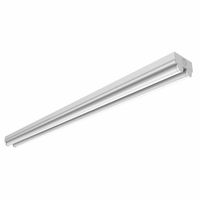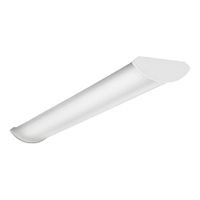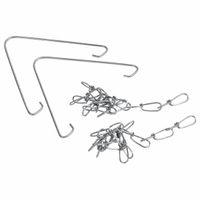Strip lights and wraparound lights are both types of lighting fixtures used in various settings, but they have distinct differences in design, application, and functionality.
Strip Lights:
1. Design: Strip lights are linear fixtures that consist of a series of LED or fluorescent bulbs arranged in a straight line. They are often encased in a slim, narrow housing.
2. Application: Commonly used for under-cabinet lighting, accent lighting, or in areas where space is limited. They are ideal for highlighting specific areas or creating ambient lighting.
3. Installation: Typically surface-mounted or recessed, strip lights can be installed in tight spaces and are often flexible, allowing for curved or angled installations.
4. Light Distribution: They provide directional lighting, focusing light in a specific direction, which can be adjusted with diffusers or reflectors.
5. Aesthetic: Strip lights are often chosen for their sleek, modern appearance and ability to blend into the architecture.
Wraparound Lights:
1. Design: Wraparound lights feature a wider, rectangular design with a diffuser that wraps around the sides of the fixture, providing a more uniform light distribution.
2. Application: Commonly used in commercial, industrial, or institutional settings such as offices, schools, and garages. They are suitable for general lighting purposes.
3. Installation: Typically surface-mounted on ceilings, wraparound lights are designed for easy installation and maintenance.
4. Light Distribution: They offer broad, even illumination across a larger area, reducing shadows and providing consistent lighting.
5. Aesthetic: Wraparound lights are more utilitarian in appearance, focusing on functionality and efficiency rather than design.
In summary, strip lights are ideal for focused, decorative, or space-constrained applications, while wraparound lights are suited for general, widespread illumination in larger spaces.




